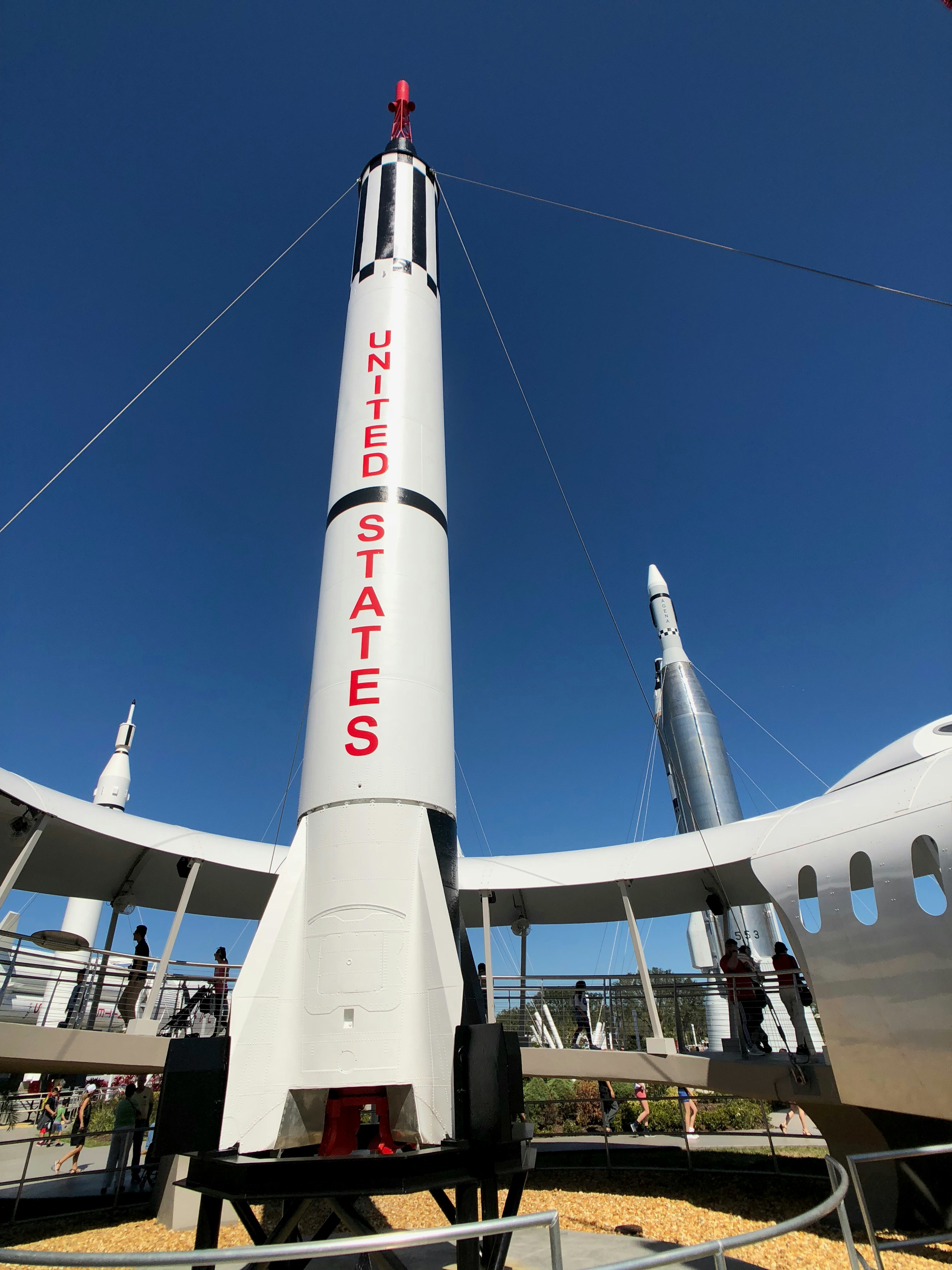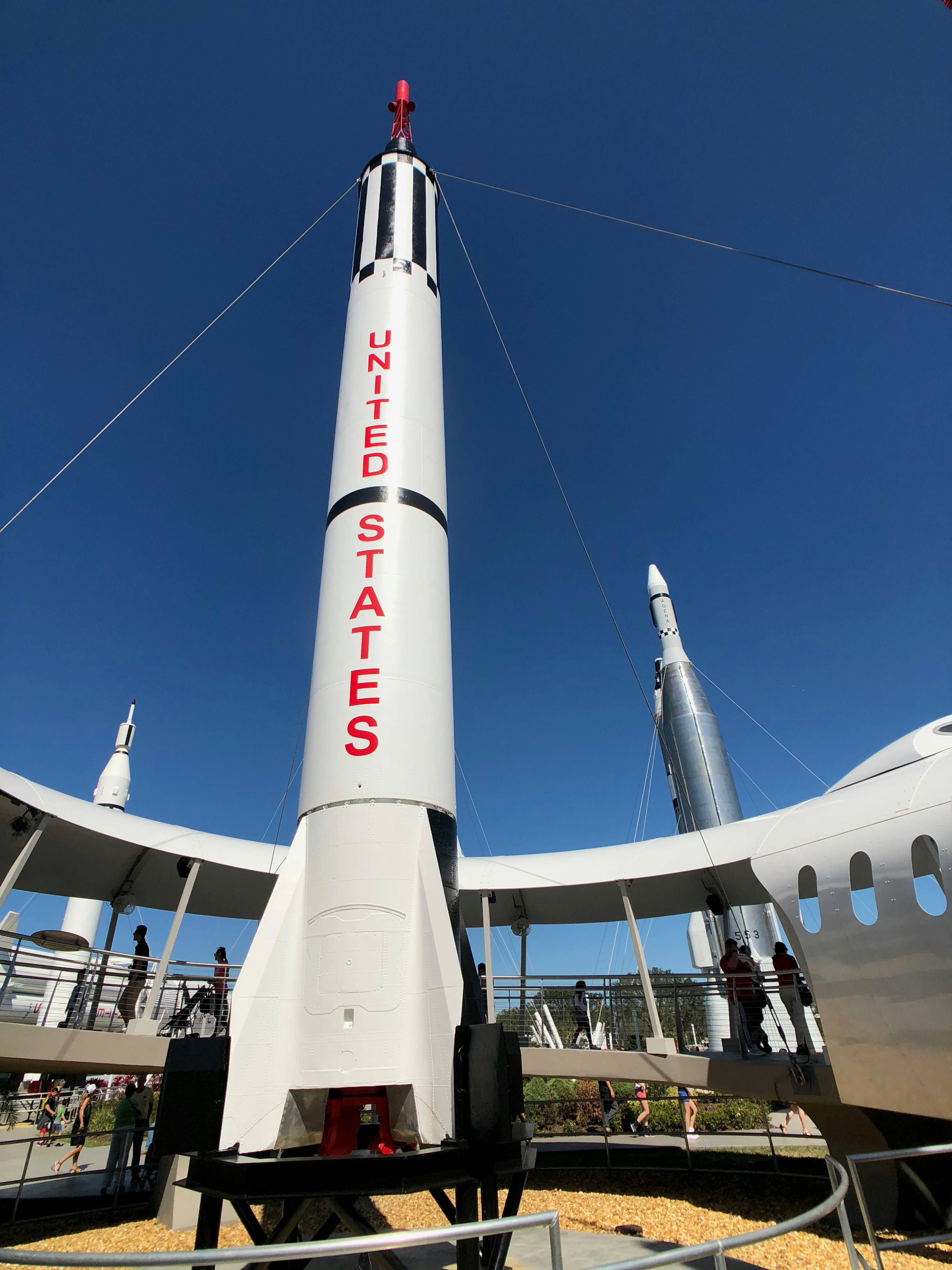One such hidden history is the story of the Chinese Exclusion Act of 1882, a piece of legislation that had a profound impact on Chinese immigrants in the United States. At a time when the country was experiencing rapid industrialization and economic growth, Chinese immigrants were seen as a threat to American jobs and culture. The Exclusion Act, which was the first major law to restrict immigration based on nationality, effectively barred Chinese laborers from entering the country and denied them the opportunity to become naturalized citizens.
The consequences of the Chinese Exclusion Act were far-reaching. Chinese immigrants who were already living in the United States faced intense discrimination and hostility. They were subjected to violence, forced segregation, and economic exploitation. Many Chinese communities were destroyed, and families were torn apart as a result of the Act. It wasn’t until the Act was repealed in 1943, during World War II, that Chinese immigrants were once again allowed to enter the country and become citizens.
Another hidden history that deserves attention is the internment of Japanese Americans during World War II. Following the attack on Pearl Harbor in 1941, the United States government deemed Japanese Americans a potential threat to national security and forcibly relocated them to internment camps. More than 120,000 Japanese Americans, two-thirds of whom were American citizens, were uprooted from their homes and stripped of their civil liberties.
The internment of Japanese Americans was a dark chapter in American history, one that is often overshadowed by the heroism and sacrifice of other groups during World War II. The internment camps were overcrowded and lacking in basic amenities, and the detainees faced harsh living conditions and constant surveillance. Despite these hardships, many Japanese Americans demonstrated resilience and strength, forming tight-knit communities within the camps and finding ways to preserve their culture and traditions.
These are just two examples of the hidden histories that have shaped America’s past. By exploring these lesser-known stories and events, we gain a more nuanced understanding of the complexities of American history. It is important to acknowledge and learn from these hidden histories, as they provide valuable insights into the struggles and triumphs of marginalized communities and serve as a reminder of the ongoing work needed to achieve equality and justice for all.
The Lost Colony of Roanoke
One of the most enduring mysteries in American history is the fate of the Lost Colony of Roanoke. In 1587, a group of English settlers arrived on Roanoke Island, off the coast of present-day North Carolina, with the intention of establishing a permanent colony. However, when a supply ship returned three years later, the entire colony had vanished without a trace.
The disappearance of the Roanoke colonists has puzzled historians for centuries. Various theories have been proposed, ranging from assimilation into local Native American tribes to attacks by Spanish forces. Despite numerous archaeological digs and investigations, the fate of the Lost Colony remains a mystery, making it a fascinating and lesser-known aspect of American history.
One theory that has gained traction in recent years is the idea that the colonists may have attempted to relocate to another area. This theory is supported by the discovery of a map created by John White, the governor of the Roanoke colony, which showed a symbol indicating a possible destination on the mainland. Some historians believe that the colonists may have encountered difficulties on Roanoke Island, such as a lack of resources or conflicts with local tribes, and decided to try their luck elsewhere.
Another theory suggests that the colonists may have been absorbed into one of the local Native American tribes. This idea is supported by accounts from later European settlers who reported encountering individuals with European features and customs among the tribes in the region. It is possible that the colonists integrated into these communities and eventually lost their European identity.
Yet another theory proposes that the colonists may have fallen victim to an attack by Spanish forces. At the time, there were ongoing conflicts between England and Spain, and it is possible that the Spanish saw the establishment of an English colony as a threat to their own interests in the region. Some historians believe that the Spanish may have launched a surprise attack on the Roanoke colony, either killing or capturing the colonists.
Despite the numerous theories and investigations, the fate of the Lost Colony of Roanoke remains elusive. The lack of concrete evidence and conflicting accounts have only added to the mystery surrounding this enigmatic chapter in American history. Today, the story of the Roanoke colonists continues to captivate the imagination of historians and the general public alike, reminding us of the many unanswered questions that still exist in our past.
The Chinese Massacre of 1871 is a tragic event that serves as a stark reminder of the discrimination and violence faced by Chinese immigrants in the 19th century American West. While Chinese immigrants played a crucial role in the development of the region, their presence was met with hostility and prejudice from the white population.
The massacre took place in Los Angeles’ Chinatown, a vibrant community that had grown in response to the demand for labor in the expanding city. However, this growth also fueled racial tensions and economic competition, as many white and Hispanic workers saw the Chinese as a threat to their livelihoods. This sentiment was further exacerbated by the prevailing anti-Chinese sentiment that was prevalent throughout the country at the time.
On the evening of October 24, 1871, a mob of around 500 white and Hispanic residents descended upon Chinatown. They attacked the Chinese community, looting businesses, and setting fire to homes. The violence escalated quickly, resulting in the deaths of at least 19 Chinese immigrants. The mob targeted anyone who appeared Chinese, regardless of their involvement in the labor market or their individual circumstances.
The Chinese Massacre of 1871 is often overshadowed by more well-known events in American history, such as the Civil War or the Gold Rush. However, it is a crucial chapter that sheds light on the struggles faced by Chinese immigrants and the broader fight for racial equality in the United States. It serves as a reminder that the Chinese community, like many other marginalized groups, faced violence and discrimination as they sought to build a better life for themselves and contribute to the growth of the nation.
By exploring the lesser-known stories of events like the Chinese Massacre of 1871, we gain a deeper understanding of the challenges faced by Chinese immigrants and the broader history of racial inequality in America. It is important to remember and acknowledge these dark chapters in order to work towards a more inclusive and equitable society. Only by confronting our past can we hope to create a future that values and respects the contributions of all individuals, regardless of their background or ethnicity. The Tulsa Race Massacre of 1921 is a devastating chapter in American history that has long been overlooked and underrepresented. It is a painful reminder of the racial tensions and violence that plagued the country during that time period. The thriving African American community of Greenwood in Tulsa, Oklahoma, was a testament to the resilience and success of Black Americans in the face of adversity.
Greenwood was a beacon of hope and prosperity, with its flourishing businesses, vibrant cultural institutions, and close-knit community. It was a place where African Americans could thrive and create a better life for themselves and their families. However, this progress was abruptly shattered on that fateful day in May 1921.
The spark that ignited the violence was the false accusation against a young black man named Dick Rowland, who was accused of assaulting a white woman in an elevator. This accusation, fueled by racial animosity and prejudice, quickly escalated into a full-blown race riot. A white mob, armed with guns and fueled by hatred, descended upon Greenwood, leaving a trail of destruction in its wake.
Over the course of two days, the mob unleashed a reign of terror, looting and burning homes and businesses. The once-thriving community was reduced to ashes, and the residents of Greenwood were left homeless and traumatized. The exact number of lives lost during the massacre is still unknown, but it is believed that hundreds of African Americans were killed, with thousands more displaced and left to rebuild their lives from scratch.
The Tulsa Race Massacre is a painful reminder of the systemic racism and violence that has plagued the United States for centuries. It is a stark example of the lengths to which racism can go, and the devastating impact it can have on marginalized communities. The fact that this event has been largely erased from the history books speaks volumes about the erasure of Black experiences and the need for a more inclusive and accurate retelling of American history.
By shedding light on this dark chapter, we can honor the memory of those who lost their lives and work towards healing and reconciliation. It is crucial that we confront the legacy of racial violence and strive for a more just and equitable society. The Tulsa Race Massacre serves as a powerful reminder that progress can be fragile, and that we must remain vigilant in our fight against racism and injustice. Another important figure in the women’s suffrage movement is Alice Paul. Paul was a key leader in the fight for women’s right to vote and played a significant role in the passage of the 19th Amendment, which granted women the right to vote in the United States. She was a tireless advocate, organizing protests, marches, and hunger strikes to bring attention to the cause.
Paul’s dedication to the suffrage movement extended beyond just securing the right to vote for women. She also fought for equal rights and opportunities for women in all aspects of society. Paul believed that women should have the same rights as men, including equal pay and equal access to education and employment.
In addition to her activism, Paul was also a skilled strategist. She understood the power of visual symbolism and used it to great effect in her protests. One of the most notable examples of this was the Silent Sentinels, a group of women who stood silently outside the White House holding banners demanding the right to vote. Their peaceful protests drew attention and put pressure on President Woodrow Wilson to support suffrage.
The women’s suffrage movement was not without its challenges and setbacks. Many suffragists faced ridicule, harassment, and even violence for their beliefs. But their determination and perseverance ultimately led to the passage of the 19th Amendment in 1920, a landmark achievement for women’s rights.
Today, we continue to honor the legacy of these women and the suffrage movement by fighting for gender equality and ensuring that all voices are heard in the democratic process. The struggle for women’s suffrage serves as a reminder of the power of collective action and the importance of standing up for what we believe in. By recognizing the contributions of lesser-known figures like Ida B. Wells and Alice Paul, we can paint a more complete picture of the women’s suffrage movement and the diverse individuals who fought for the right to vote.
Enter your email to get the Latest Updated Exploring News and Topics







